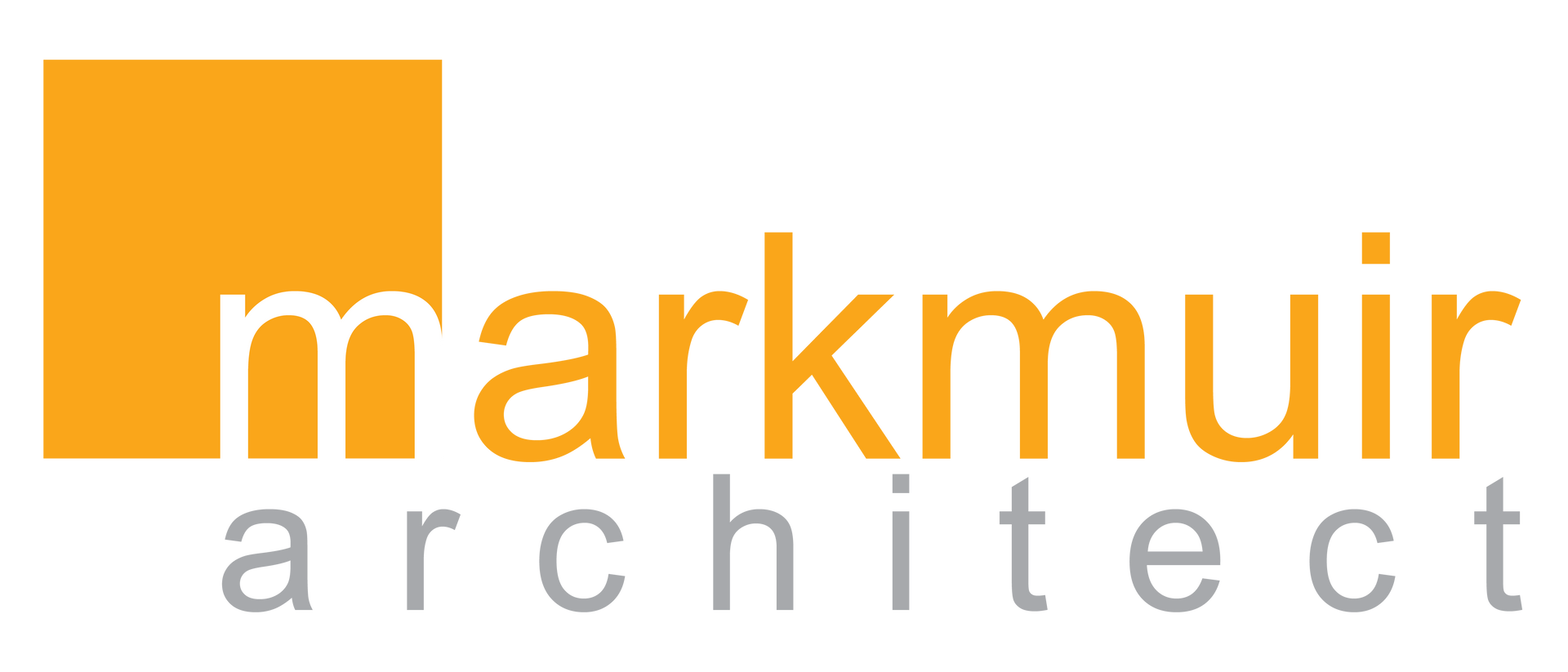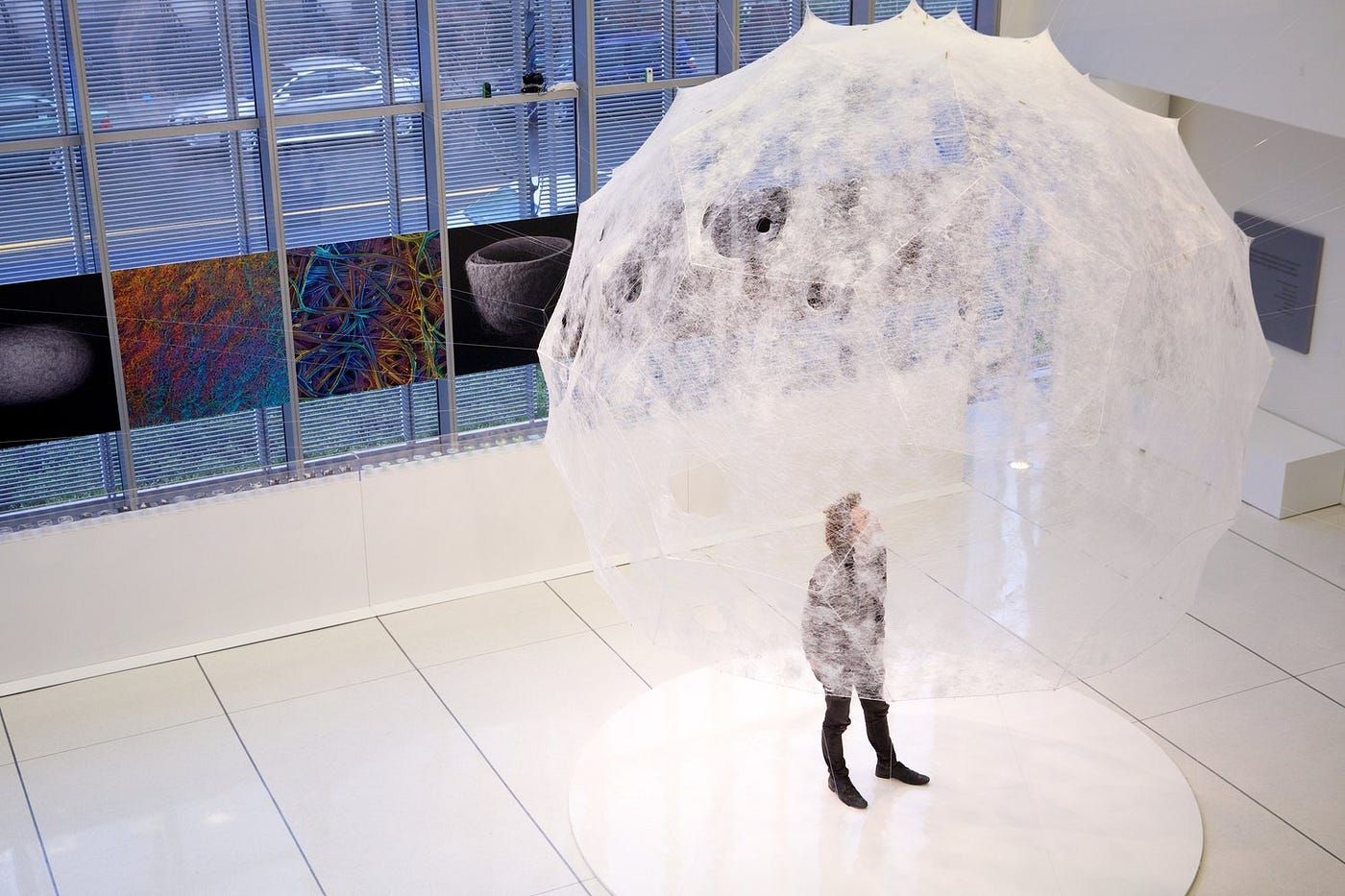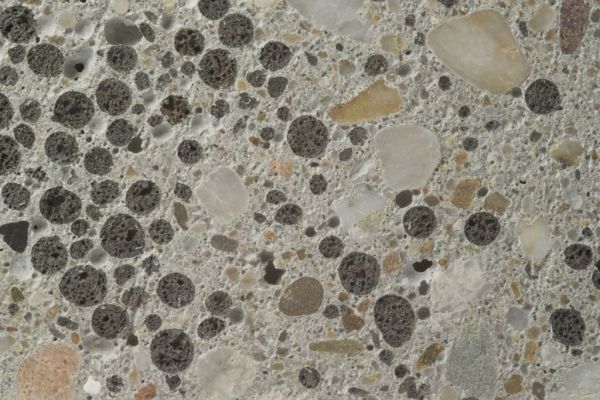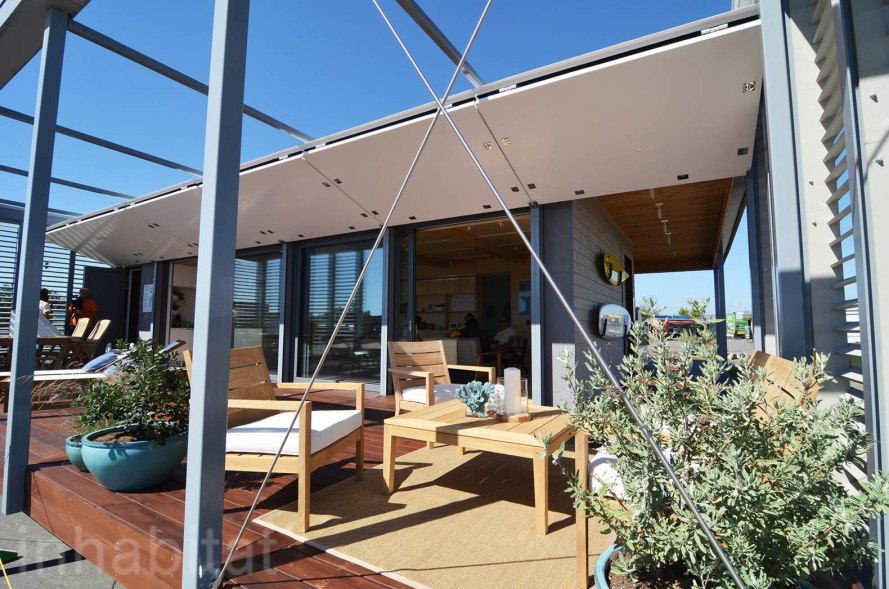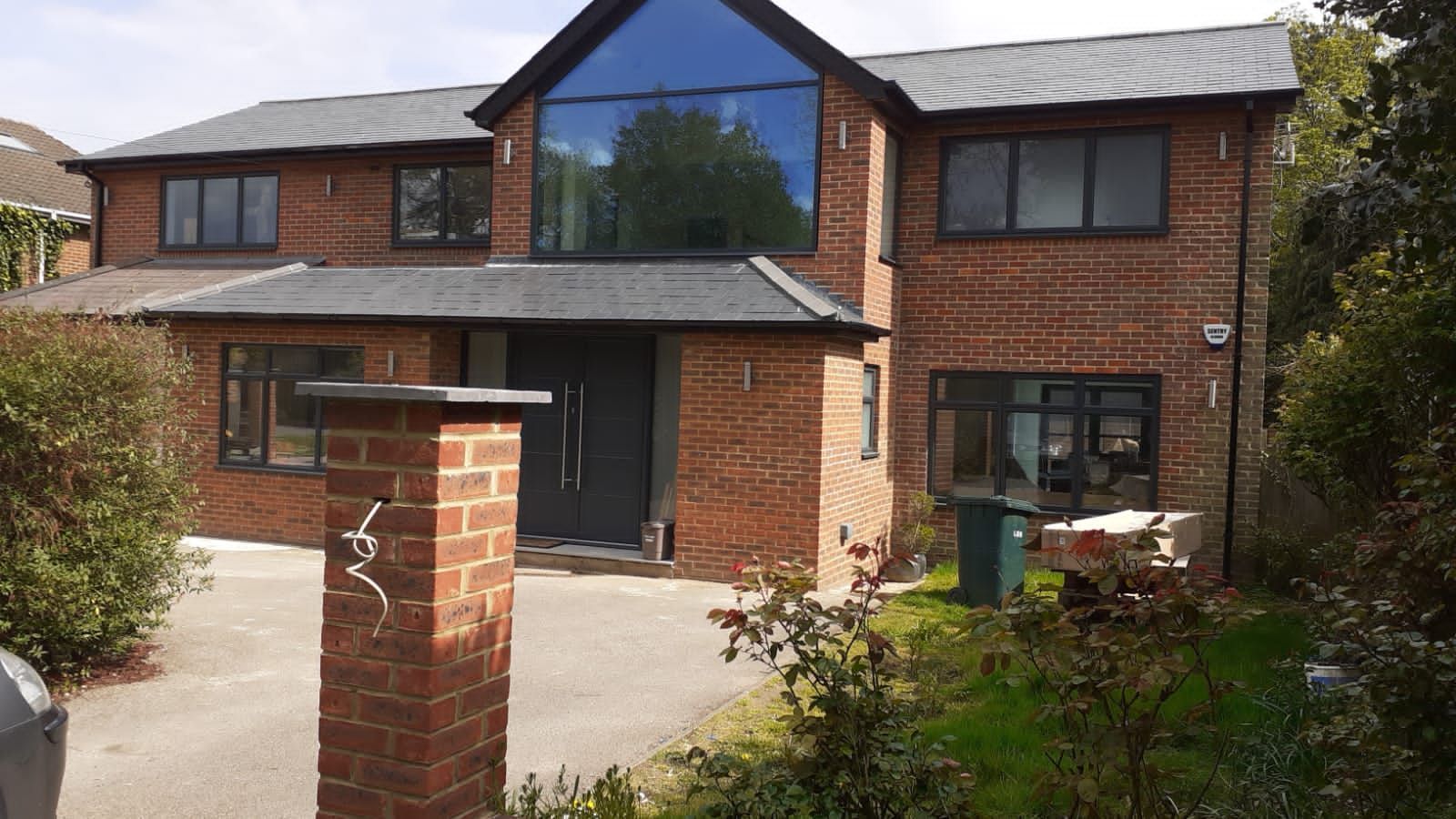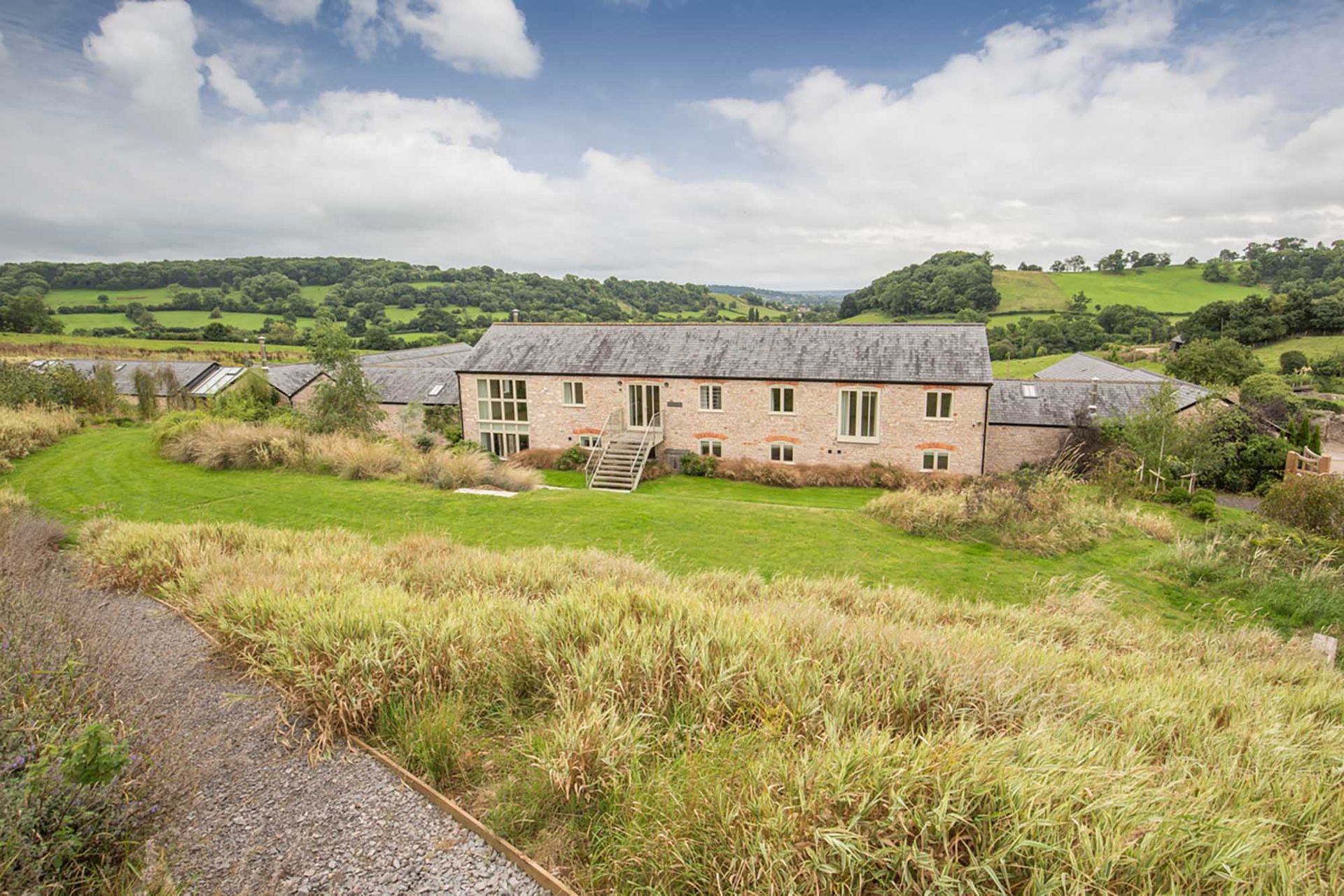BIPV (Building Integrated Photovoltaics) Or Solar Cladding?
BIPV Or Solar Cladding?
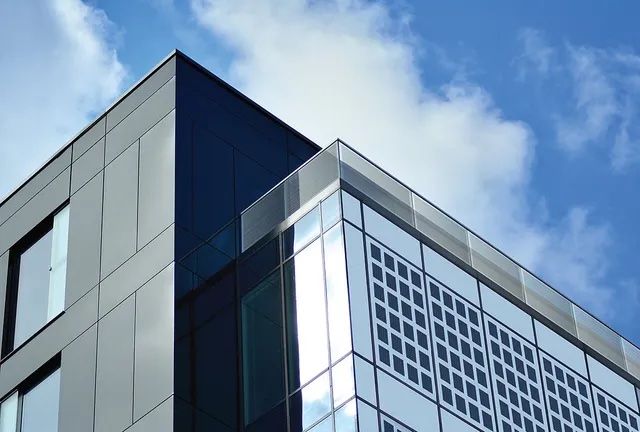
Integrated solar materials or Building-integrated photovoltaics (BIPV) are photovoltaic materials (think advanced solar panels) that are used to replace conventional materials in parts of a building that will be exposed to sunlight, such as wall cladding, roof tiles or even windows.
These materials are increasingly being incorporated into new buildings as the sole or partial source of the power the building uses and elsewhere existing buildings are being retrofitted with similar technologies to decrease the buildings carbon footprint without compromising on the building’s appearance.
As well as the aesthetic benefits, the advantage of integrated photovoltaics over more common non-integrated systems such as solar panel banks is that the initial cost of the more complex materials can be offset by reducing the amount spent on traditional building materials and the labour that would normally be used to construct the part of the building that the BIPV modules replace.
Integrated solar materials tend to encourage more widespread adoption where the building's aesthetics matter and traditional solar panels would ruin the look of the building, such as in homes or environmentally sensitive areas. These advantages make BIPV one of the fastest growing segments of the photovoltaic or solar industry.
Solar panels for buildings largely began appearing in the 1970s. Large and often ungainly looking panels were connected to and mounted on buildings, often in remote areas out of necessity as they were away from the grid rather than for any environmental benefit. In the 1980s photovoltaic module add-ons to industrial and domestic roofs began to be more common and in the late 1990s BIPV materials specially designed to be integrated into a building’s design began to be commercially available.
Although there are significant technical and marketplace challenges to overcome before the cost of BIPV is on a close par with existing traditional bolt-on photovoltaic panels, there is a growing consensus that integrated systems will become the backbone of the zero energy movement going forward.
Despite their undoubted promise and better aesthetics, widespread use is encountering some barriers within the building and urban design industry where resistance to change and risk is common. It is accepted that urban policy makers and governmental bodies will have a part to play in making BIPV an accepted standard practice.
Building-Integrated Photovoltaics commonly come in the following forms;
Flat roofs
The most commonly installed BIPV is a thin film solar cell integrated to a flexible polymer attached to the roofing membrane using an adhesive sheet on a flat roof site.
Pitched or tiled roofs
Solar roof tiles are similar in appearance to traditional roof tiles, often created in ceramic but with integrated solar modules or as solar shingles, modules designed to look and act like regular shingles, while incorporating a flexible thin film cell. Metal pitched roofs can also now be integrated with PV functionality either by being covered with an independent flexible module directly onto the substrate.
Facade cladding
New PV facades can be wrapped around existing buildings, giving existing buildings a fresh new look while taking power from sunlight. These cladding modules are mounted on the facade of the building and can inspire and form an intrinsic part of the design. Fitted over the existing structure as a skin, they can not only save on power bills but increase the appeal of the building and its potential resale value.
Smart glass
Solar glass or photovoltaic windows are (semi) transparent panels or modules that can be used to replace any features that would traditionally require glass or similar materials, such as windows, doors and skylights. In addition to producing electric energy, these can create further energy savings due to superior thermal insulation properties without altering the overall design of the building itself.
Transparent solar panels
Transparent Solar Panels use a tin oxide coating on the inner surface of the glass panes to conduct current out of the cell. The cell contains titanium oxide that is coated with a photoelectric dye. Most conventional solar cells use visible and infrared light to generate electricity. but this innovative new solar cell also uses ultraviolet radiation. Used to replace conventional window glass, or layered over the glass, the installation surface area could be large, leading to potential uses that take advantage of the combined functions of power generation, lighting and temperature control.
